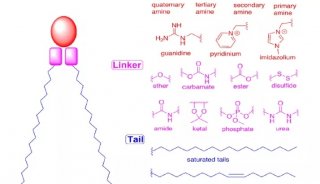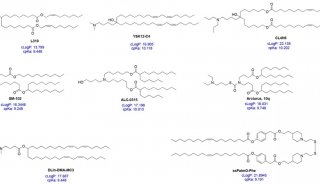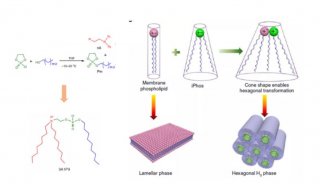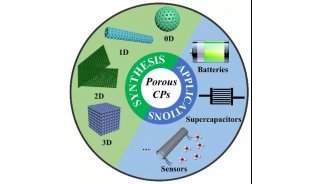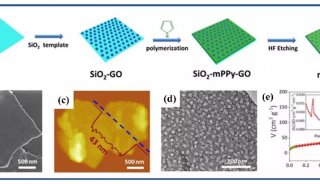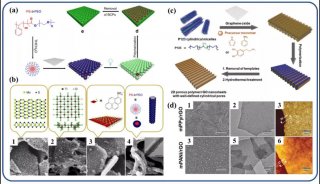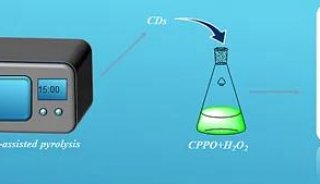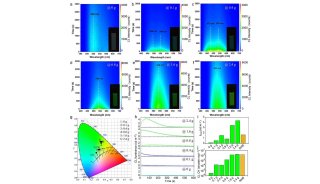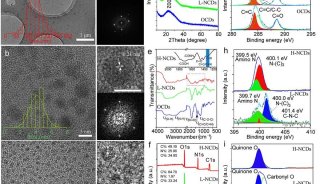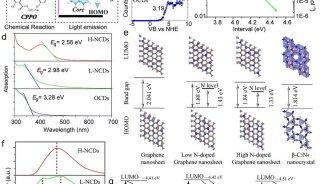氮掺杂中空多孔碳纳米笼分级结构
氮掺杂中空多孔碳纳米笼分级结构,特点有氮掺杂碳、中空结构、富含空隙、微观纳米笼、分级结构、具有在酸性环境和碱性环境条件下的良好氧还原活性。

离材料合成领域太久,这个反应路径好复杂,三个固体粉末混合在一起进行热解,感觉这个分级结构是个固相反应。
这种固相反应产率和克级别生产难度会大一些。
The decomposition of ZIF-8 and transformation into 3D N-doped carbon at about 600 °C. The weight loss over 900 °C mainly resulted from the evaporation of Zn (b.p.907 °C). The bottom-top gas flow produced by iron acetate decomposition can promote the expansion of micropores in ZIF-8 framework, resulting in a hollow hierarchical and pore structure.
不知道不同颗粒表面的XPS是否会有Zn和Fe,失重没有那么彻底,穆谱的峰还挺明显。0-0.08 wt.%的铁连个XPS峰都没有感觉这个体系还是有些复杂,可能有微观局部相分离行为。
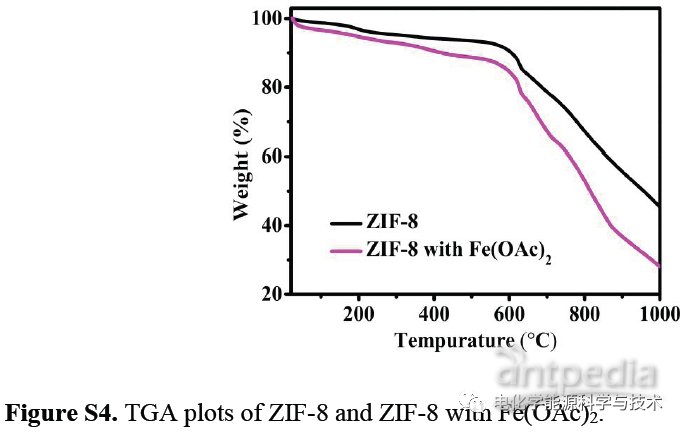

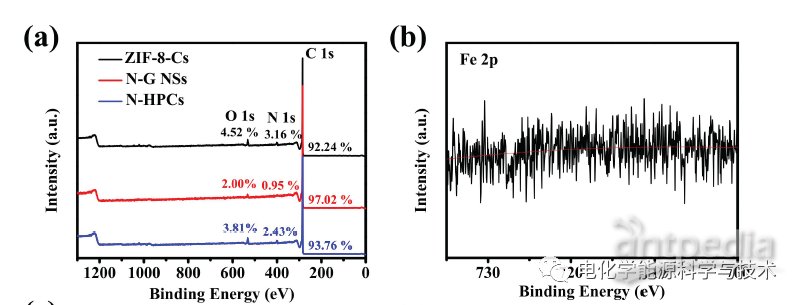


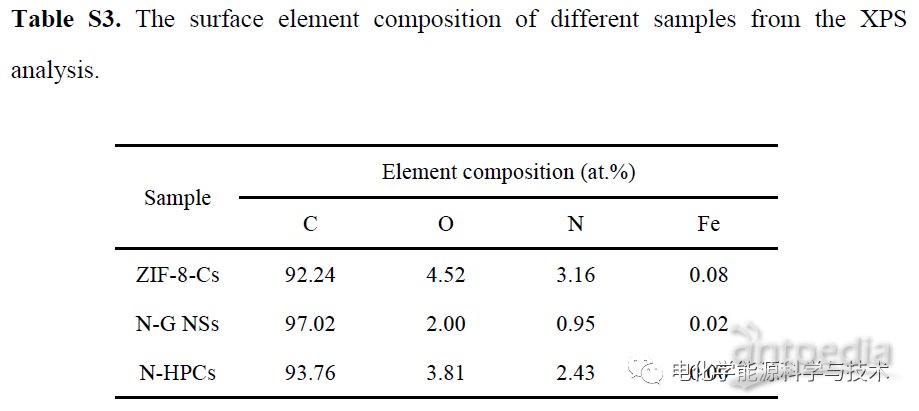
难能可贵的是酸性体系下的催化活性,虽然是氢氧反应,但是能达到0.5A/cm2@0.6V还是非常不容易。不知道长期运行后的可能失效行为和杂原子是否会有关联。



N-doped carbon electrocatalyst: marked ORR activity in acidic media without the contribution by metal sites?
Fantao Kong, Xiangzhi Cui, Yifan Huang, Heliang Yao, Yafeng Chen, Han Tian, Ge Meng, Chang Chen, Ziwei Chang, Jianlin Shi

Abstract
Fe-N-C electrocatalysts have been demonstrated to be the most promising substitutes for benchmark Pt/C for oxygen reduction reaction (ORR). Herein, we report that, a N-doped carbon materials with trace amount of iron (0-0.08 wt.%) show excellent ORR activity and durability comparable and even superior to those of Pt/C in both alkaline and acidic media without the significant contribution by the metal sites. Such a N-doped carbon (denoted as N-HPCs) features a hollow and hierarchically porous architecture, and more importantly, a non-covalent-bonded N-deficient/N-rich heterostructure providing the active sites for oxygen adsorption and activation owing to the efficient electron transfer between the layers. The primary Zn-air battery using N-HPCs as the cathode delivers a much higher power density of 158 mW cm-2, and the maximum power density in H2-O2 fuel cell reaches 486 mW cm-2, which is comparable to and even better than those using conventional Fe-N-C catalysts at cathodes.
-
并购
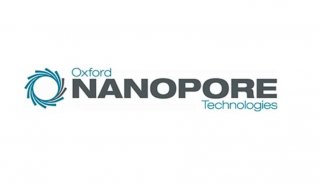
-
政策法规

-
会议会展
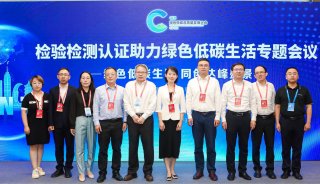
-
焦点事件

-
精英视角

-
焦点事件

-
产品技术

-
焦点事件
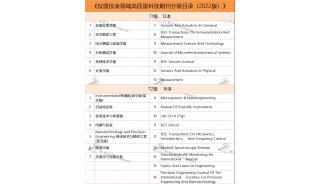
-
标准
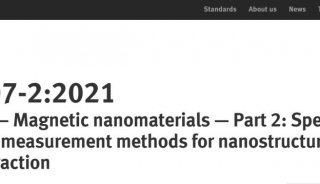
-
科技前沿
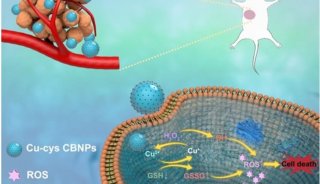
-
科技前沿
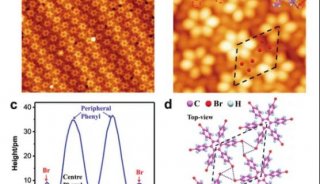
-
科技前沿
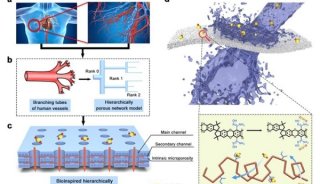
-
项目成果
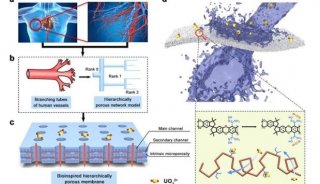
-
会议会展

-
科技前沿

-
焦点事件

-
科技前沿

-
政策法规

-
焦点事件

-
科技前沿
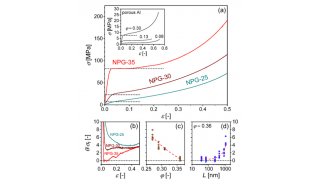
-
标准

-
焦点事件
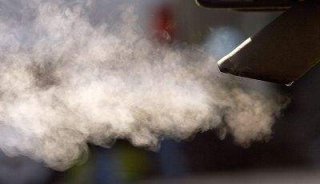
-
项目成果
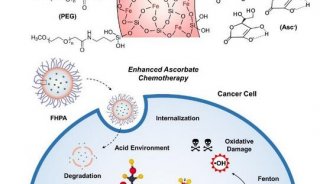
-
科技前沿
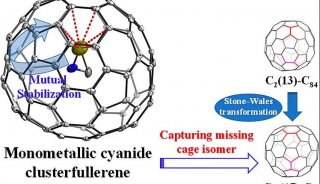
-
焦点事件
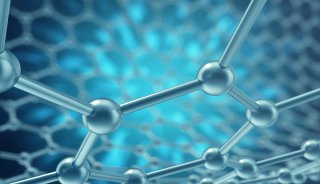
-
技术原理
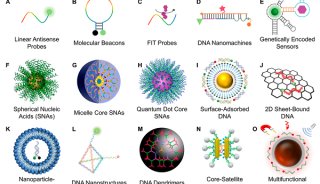
-
项目成果
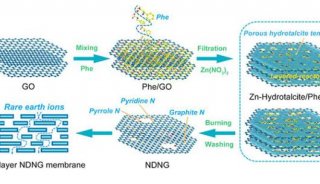
-
项目成果
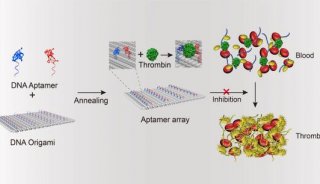
-
项目成果

-
焦点事件
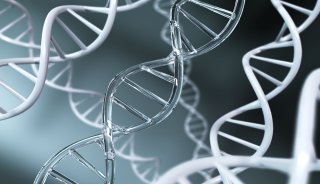
-
焦点事件

-
焦点事件

-
焦点事件
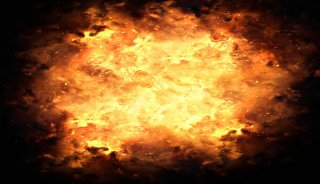
-
焦点事件

-
焦点事件

-
焦点事件

-
焦点事件

-
焦点事件

-
项目成果
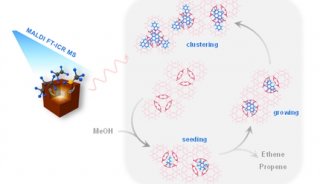
-
项目成果
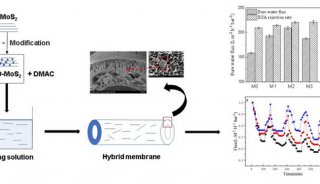
-
科技前沿
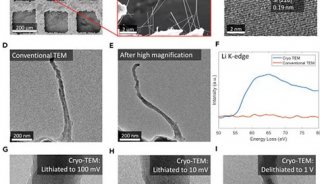
-
项目成果
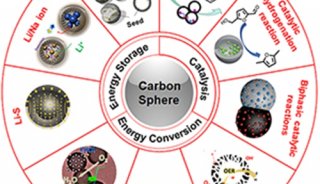
-
项目成果
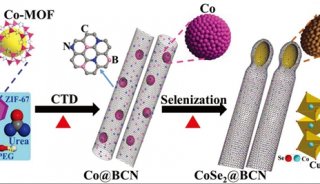
-
项目成果
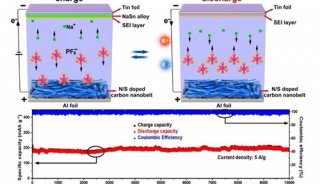
-
项目成果
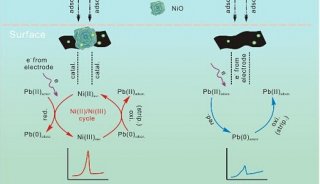
-
科技前沿

-
科技前沿
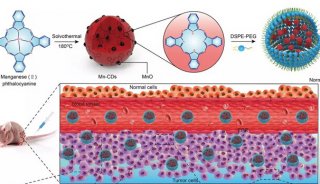
-
项目成果




























